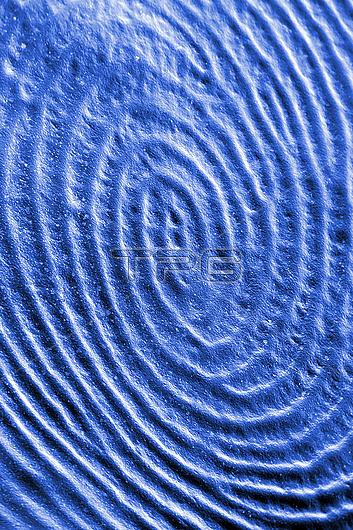
A scanning electron micrograph of the surface of a fingertip. The specimen is a piece of skin from a blister. It illustrates structures that give fingerprints their diagnostic value to forensic science. The picture shows a whorl of friction ridges extending outwards from the centre. At four sites, there are forks visible (e.g to bottom right). Above centre to right, the right side of one fork is truncated to give a ridge end. In the centre of the picture, the ridge encloses an area known as a lake. The two prominent dark dots, and those in the valleys between the ridges, are sweat pores. The epidermis, particularly of finger tips, is constantly subject to wear, and replaced by new cells from the dermis beneath. The process retains the patterns of the finger ridges. Without this persistence of pattern, fingerprints could not be used as a means of identification. Mag x 10 at 10x8
| px | px | dpi | = | cm | x | cm | = | MB |
Details
Creative#:
TOP26387012
Source:
達志影像
Authorization Type:
RM
Release Information:
須由TPG 完整授權
Model Release:
N/A
Property Release:
N/A
Right to Privacy:
No
Same folder images:

 Loading
Loading